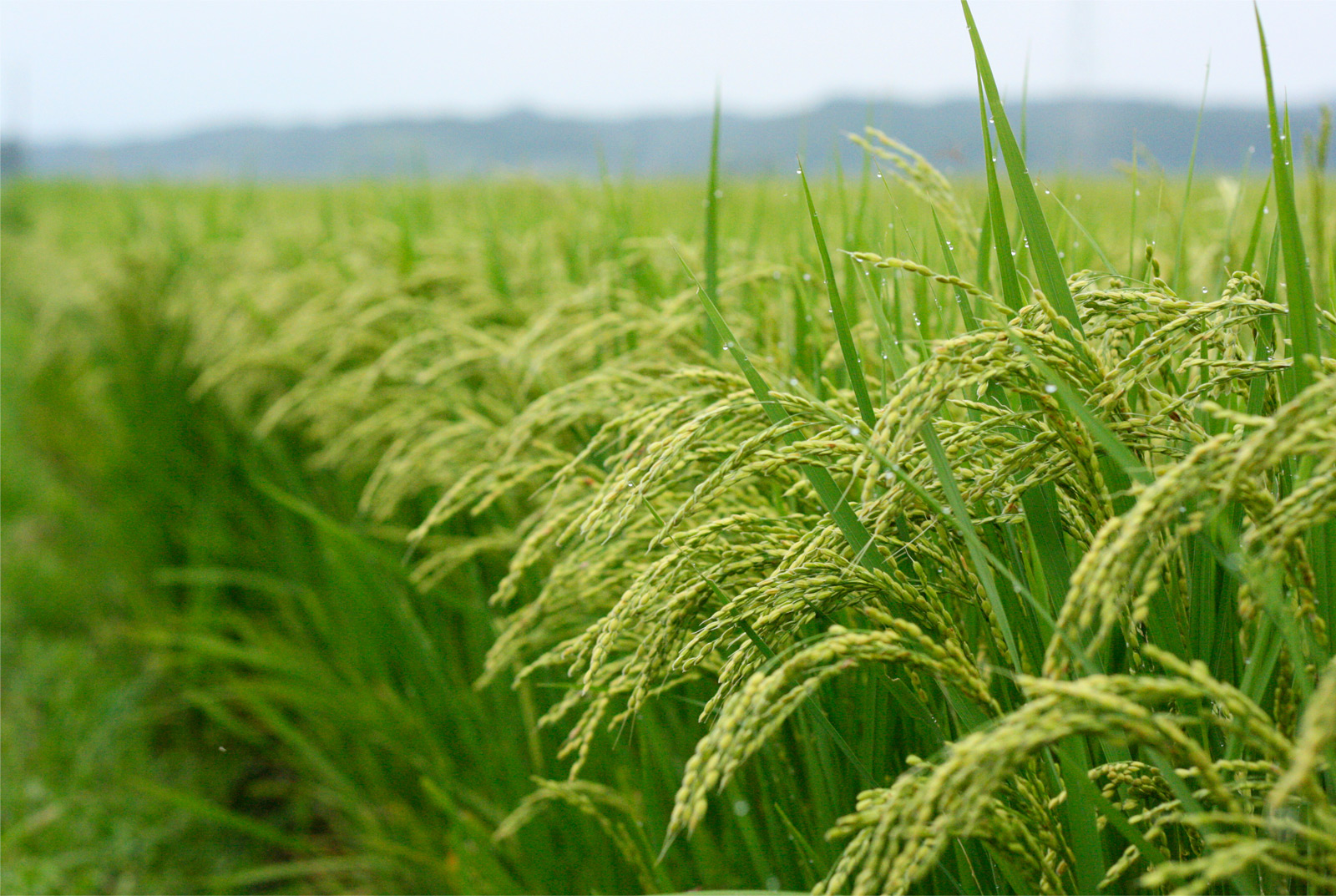Cluster Frontline Demonstration on Oilseeds is a significant step by DAC & FW, GOI to demonstrate newly released crop production and protection technologies on various oilseed crops. These technologies include seed treatment, application of bio fertilizer, integrated nutrient management, Integrated pest management, line sowing, weed management, irrigation management etc. CFLD Oilseeds project launched in the year 2015-16 under NFSM & NMOOP. The demonstration programme conducted by the KVKs.
Objectives
The main objective of Cluster Front-Line Demonstrations is to demonstrate newly released crop production and protection technologies and its management practices in the farmers’ field under different agro-climatic regions and farming situations. While demonstrating the technologies in the farmers’ field, the scientist to study the factors contributing higher crop production, field constraints of production and thereby generate production data and feedback information. The field demonstrations conducted under the close supervision of scientists of the KVKs because the technologies are demonstrated for the first time by the scientists themselves before being fed into the main extension system of the State Department of Agriculture.
Salient features of CFLD Oilseeds
- Cluster Frontline Demonstrations are conducted under the close supervision of the scientists of the KVKs of ICAR Institute and State Agricultural Universities.
- Only newly released technologies or those likely to be released in near future are selected for the Cluster Front-Line Demonstrations.
- Only critical inputs are provided from the scheme budget, remaining inputs are supplied by the farmers themselves.
- Cluster Front-Line Demonstrations are used as a source of generating data on factors contributing higher crop yields and constraints of production under various farming situation
Technological Interventions under CFLD Oilseeds
Seed Treatment: The concept of seed treatment is the use and application of biological and chemical agents that control or contain primary soil and seed borne infestation of insects and diseases which pose devastating consequences to crop production and improving crop safety leading to good establishment of healthy and vigorous plants resulting better yields. Seed treatment complexity ranges from a basic dressing to coating and pelleting. Under CFLD Oilseeds seed treatment mainly done by using chemicals like Trichoderma viridi, Bavistin, Propinophex, Carboxin, Thiram etc. For seed inoculation in Groundnut Rhizobium sp and Azotobactor are used.
Use of improved variety: Improved varieties offer much higher yields, better quality and more stable production. These varieties has the properties like disease and insect resistance, high yield, early maturity, plant height, superior quality and nutrient level.
IPM: Integrated Pest Management (IPM) is an effective and environmentally sensitive approach to pest management that relies on a combination of common-sense practices. IPM programs use current, comprehensive information on the life cycles of pests and their interaction with the environment. This information, in combination with available pest control methods, is used to manage pest damage by the most economical means, and with the least possible hazard to people, property, and the environment.
Sowing Method: Sowing is an art of placing seeds in the soil at particular depth for good germination of the seeds. Sowing plays a major role in Agriculture. Sowing is step followed next to land levelling. Perfect sowing is placing the seed at a specific depth with the correct amount of seed per unit are with good spacing between plant to plant and row to row. In line sowing uniform row to row spacing is maintained and the seed requirement is less than broad casting.30×10 cm spacing is ideal for most of the oilseeds in line sowing method.
Weed Management: Weeds may compete with desirable crop plants for light, water and nutrients. Weeds are also a primary source of insects such as aphids, whiteflies, thrips and other pests such as mites, slugs and diseases. An integrated weed management program will help to effectively manage weed populations. This approach includes preventive measures, sanitation, physical barriers, hand weeding and the selective use of post emergence herbicides.
Salient achievements of the project:

